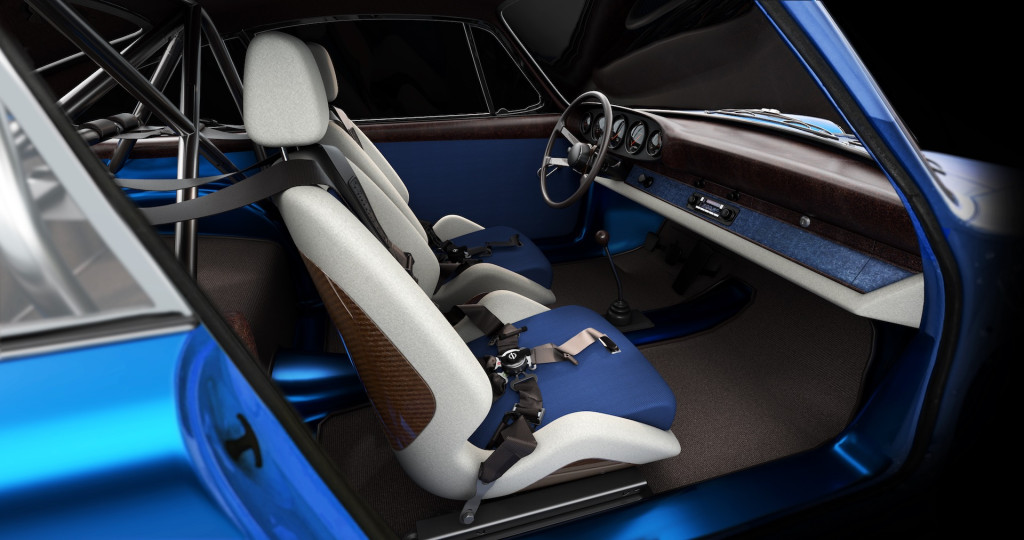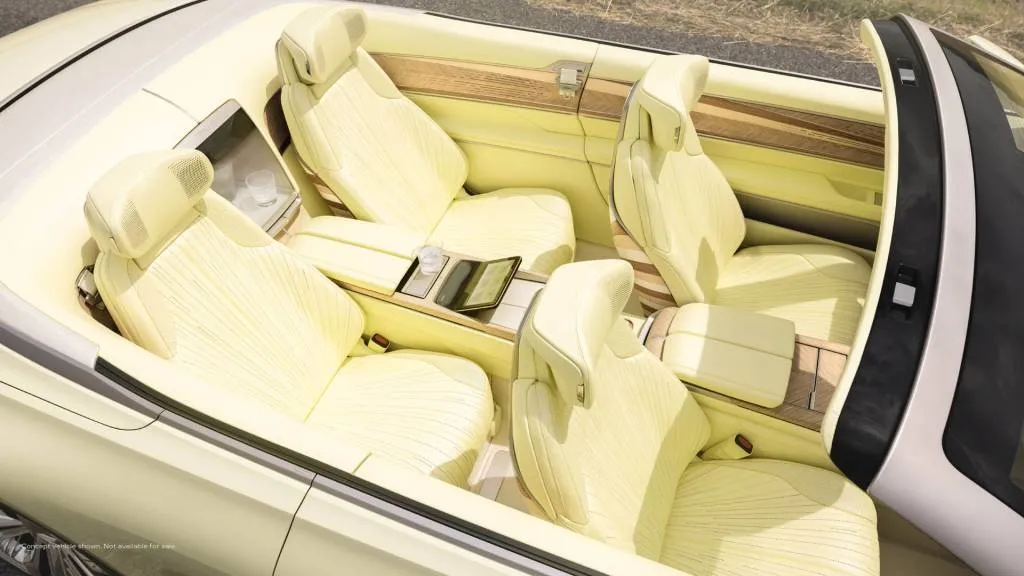- Automakers are seeking leather alternatives that are sustainable to produce
- Plant scraps or mushrooms could be turned into synthetic leather in the future
- Lab-grown materials are in the early stages of development to replace leather
As automakers seek more sustainable alternatives to traditional leather, a new report from research firm IDTechEx highlights some possibilities—including leather made from plant scraps or mushrooms.
These alternatives could have a lower environmental impact than leather made from animal hides, which causes greenhouse gas emissions, deforestation, and land monopolization from raising cattle, the report notes. Plant-based, microbe-based, and mycelium (mushroom) leather are also attracting significant interest, according to the report, but still faces some development hurdles.


Callum Porsche 911 design study of sustainable materials
Plant-based leather could be made from a number of sources, including apple skins, pineapple leaves, cacti, grapes, and bamboo, according to the report. But it currently requires some plastic content, the report notes, and may not be up to the same durability standards as traditional leather. Automotive designer Ian Callum’s firm has put this idea into practice with a one-off Porsche 911 restomod, though. Its interior includes materials made from coffee pulp, lentils, and eggshells.
It’s also possible to make mycelial leather from the thread-like roots of fungi, which can be woven together into a mat-like format that can be cut and shaped. The fungi could be grown within the same environment where the finished product is made, reducing the overall footprint of the production process, the report said. And mycelial leather requires less water and energy than other materials. Similar materials were used in the Cadillac Sollei and Mercedes-Benz Vision EQXX concepts.


Cadillac Sollei concept
The report also discusses microbial and lab-grown materials made from the fermentation of microorganisms and biopsies of animal skin cells. However, these are still in the early stages of development and, like plant-based leather, may still require some plastic that would increase the carbon footprint of these materials. Anything made from animal skin cells also wouldn’t qualify as vegan, which might be an issue for some car buyers.
Sustainable materials will likely play a bigger role in EVs as the lack of “tailpipe” emissions leads automakers to look at other areas to further reduce the environmental impact of these vehicles. Volvo emphasized sustainable and recycled materials in its EX90 electric SUV, and NASCAR chose flax-based bodywork for its electric race car prototype.
